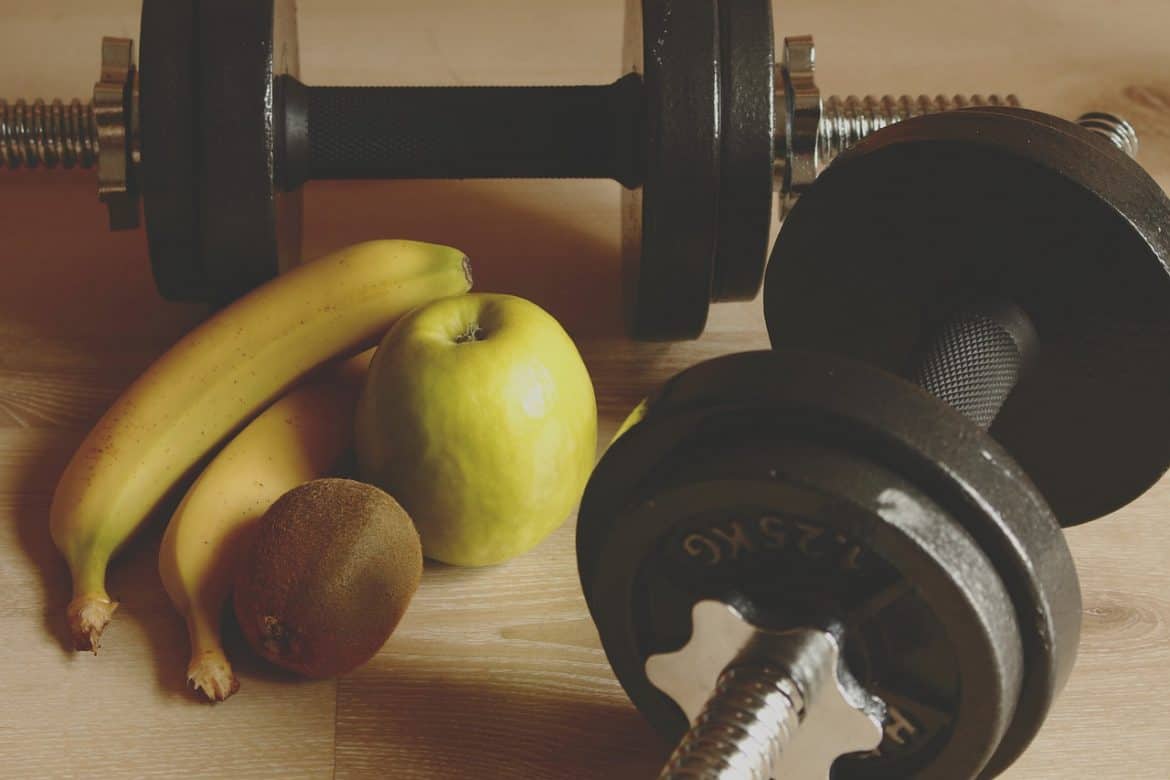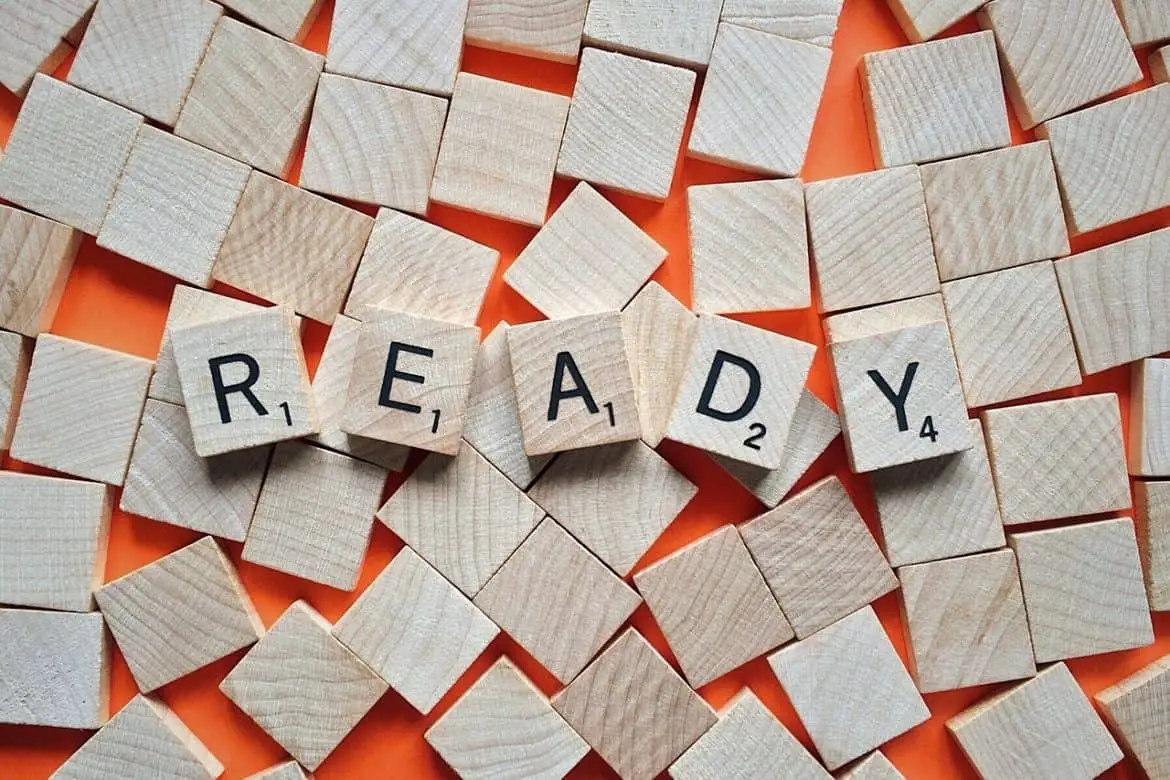Summer is right around the corner and many are in the midst of planning deep sea fishing trips or casual fishing excursions with their buddies. Have you considered updating your boat emergency kit? You never know when an emergency situation can come calling! Be Prepared for Anything While the odds of a mishap are certainly […]
Month: April 2017
Training Survival: Building Shooting Muscle
Since you carry a gun for self-defense or to save the life of another, then you are concerned with combative firearms skills rather than shooting merely for the experience of shooting. To reach this goal, you engage in training, mostly in the form of practice on a range. How close you get to your goal […]
Tennessee Laws on the Use and Carrying of Batons
I am NOT a lawyer and am not giving legal opinions. The following information is copied directly from the State of Tennessee website and is the code of law for the state. I believe that if you want to carry a baton, you need to be familiar with baton law. Law also changes, so please […]
Defensive Mindset
Defensive mindset is the key to preparedness, all the gear and training in the world won’t help you if YOU won’t help you. In my experience, there are three basic kinds of people. Wolves (a.k.a. the bad guys) are the first kind. They are the human predators, the ones that prey on the weak. The […]
Preparedness Priorities
Personal preparedness means different things depending on who you are and what your situation is. To an inhabitant of the Florida Keys, preparedness means having items to outlast a hurricane. To a city dweller, preparedness might be having a can of mace in her purse. To a survivalist, preparedness might mean having a semi trailer […]





